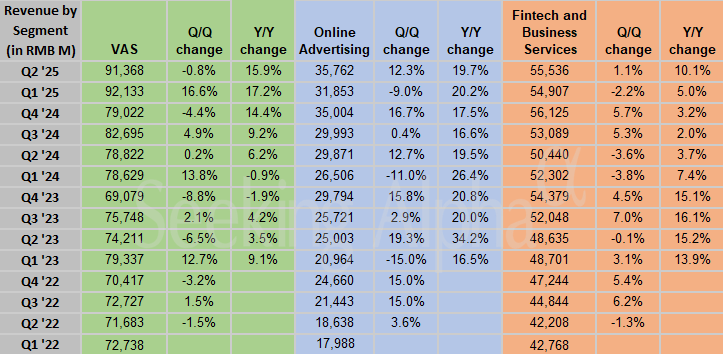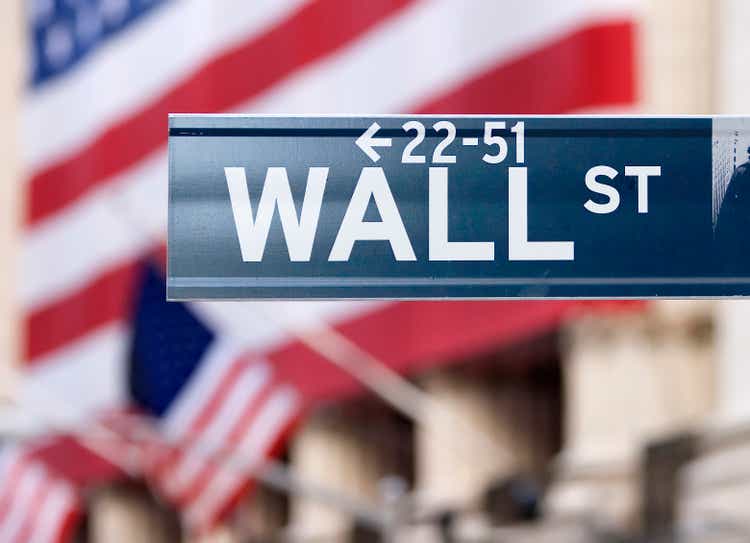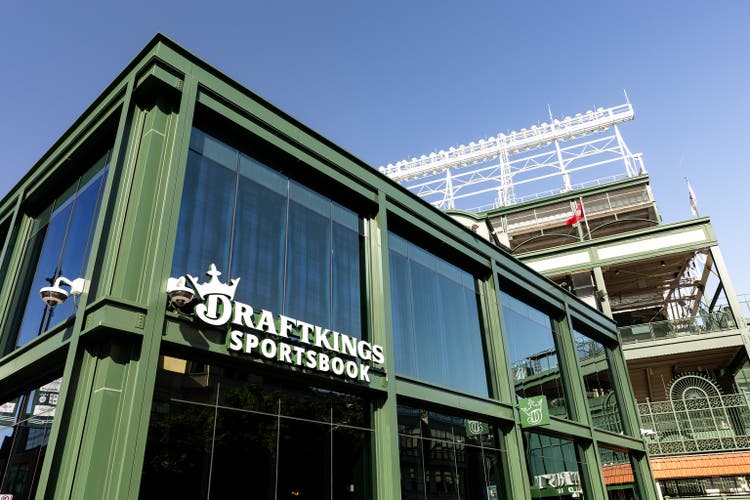President Donald Trump escalated his campaign against Federal Reserve Chair Jerome Powell just about an hour after the latest release of inflation data, publicly threatening to sue him over the central bank’s headquarters renovation and repeating his call for immediate interest rate cuts. The confrontation comes as the Consumer Price Index report showed U.S. inflation in July was milder than expected, raising political pressure on the central bank to ease monetary policy. Complicating matters for the Fed, though, is “core” inflation, excluding volatile food and energy prices, was the highest it’s been in five months.
In a social media salvo Friday, Trump returned to his sharp critiques of the Fed chair. “Jerome ‘Too Late’ Powell must NOW lower the rate,” he wrote on Truth Social. Then Trump turned to the subject of his legal threat: Powell’s oversight of the Fed’s planned $2.5 billion renovation of its landmark Washington headquarters. Trump has repeatedly condemned the project, suggesting it amounts to “fraud” and is an unnecessary luxury.
“I think he’s terrible … But one thing I didn’t see him is a guy that needed a palace to live in,” Trump quipped in a recent interview, implying lavish spending at taxpayer expense. In July, White House budget chief Russell Vought formally accused Powell of deception over the renovation’s costs, followed soon afterward by Treasury Secretary Scott Bessent confirming a selection process was under way for Powell’s successor.
Despite legal experts widely agreeing the president cannot directly fire the Fed chair for policy disagreements, Trump has suggested cost overruns could constitute grounds for dismissal or a lawsuit, a firing “for cause.” The Supreme Court, in a May ruling, indicated Powell’s removal for policy reasons was not permitted under current law. The reason Trump wants Powell to lower interest rates doesn’t have anything to do with an office renovation—it’s about the many worrying signs related to the economy.
Intensifying Pressure for Lower Interest Rates
Trump’s attacks on Powell are fueled by the Fed’s refusal to substantially cut its benchmark interest rate, which remains at 4.25%–4.50% after a series of hikes in 2022 and 2023. Powell and the Fed have argued maintaining higher rates is necessary to keep lingering inflation in check, especially as the impacts of Trump’s tariffs and global trade disruptions are still being analyzed. Tuesday’s CPI report is ambiguous and could be read either way.
July’s inflation report did notably show a smaller-than-anticipated rise in consumer prices, emboldening Trump to double down on his calls.
“The damage [Powell] has done by always being Too Late is incalculable,” Trump added, before claiming, “Fortunately, the economy is sooo good that we’ve blown through Powell and the complacent Board.”
Trump has argued higher rates are stifling growth and hurting American homeowners and businesses and demanded drastic rate cuts of up to 3 percentage points—a move economists warn could risk unleashing new inflation if mishandled.
Trump’s economy is looking weaker than expected after the July jobs report included massive downward revisions for previous months, revealing an economy with anemic job creation of less than 20,000 in May and June. This prompted many Wall Street analysts to revise their opinions on the impact of Trump’s tariff regime on the economy, and on whether the economy is fated for a stagflationary mix of high inflation and low growth, a stock-market correction, or even a recession.
Several members of the Fed’s board, including some appointed by Trump (and floated as potential Powell successors), have publicly dissented from Powell’s stance, advocating for more aggressive rate cuts to mix monetary stimulus with the president’s expansionary trade and fiscal policies. But Powell has remained cautious, stressing the need for “a careful approach while observing inflation trends,” and highlighting risks tied to Trump’s trade agenda.
Political and Economic Fallout
The feud has raised widespread concern over the perceived independence of America’s central bank. Markets have shown volatility as rumors of Powell’s possible firing, or the board taking control from him, have circulated in Washington. Wall Street leaders and economists have warned politicizing Federal Reserve policy could undermine global confidence in U.S. economic management and lead to long-term instability.
Trump’s rhetoric, including name-calling and accusations of mismanagement, has fueled fears the delicate balance between elected officials and nonpartisan central bankers is at risk. Despite the friction, Powell has indicated his intent to serve until his term ends in May 2026, as originally set.
For this story, Fortune used generative AI to help with an initial draft. An editor verified the accuracy of the information before publishing.
This story was originally featured on Fortune.com

 18 hours ago
1
18 hours ago
1
















 English (US) ·
English (US) ·